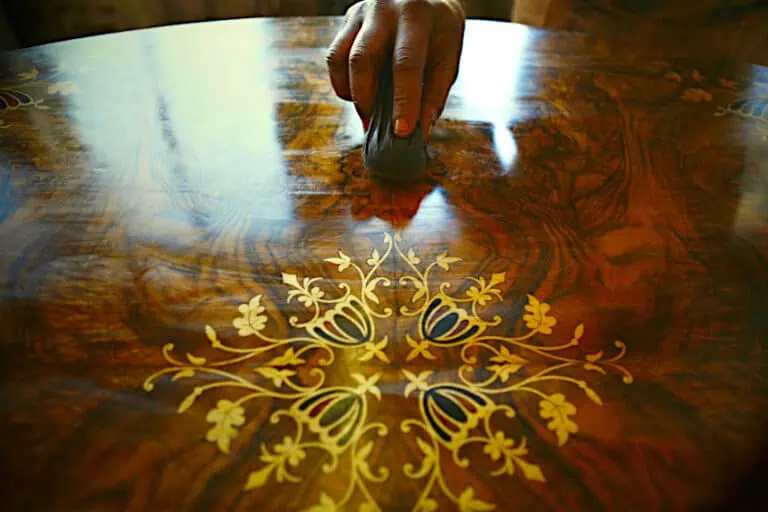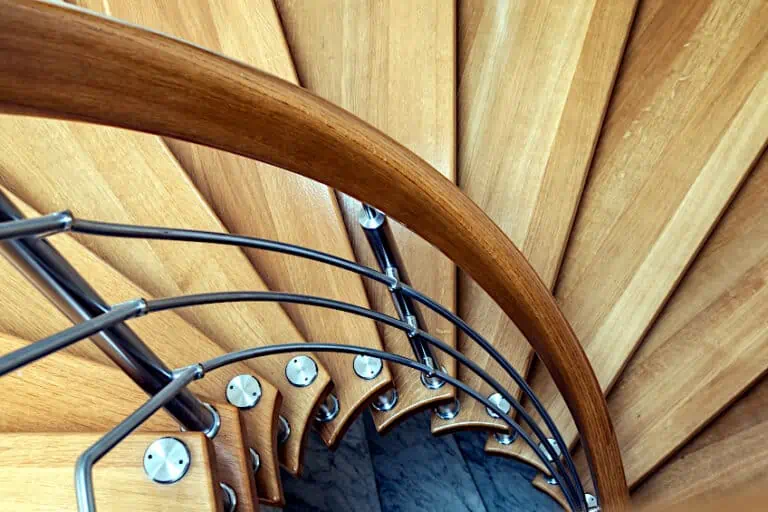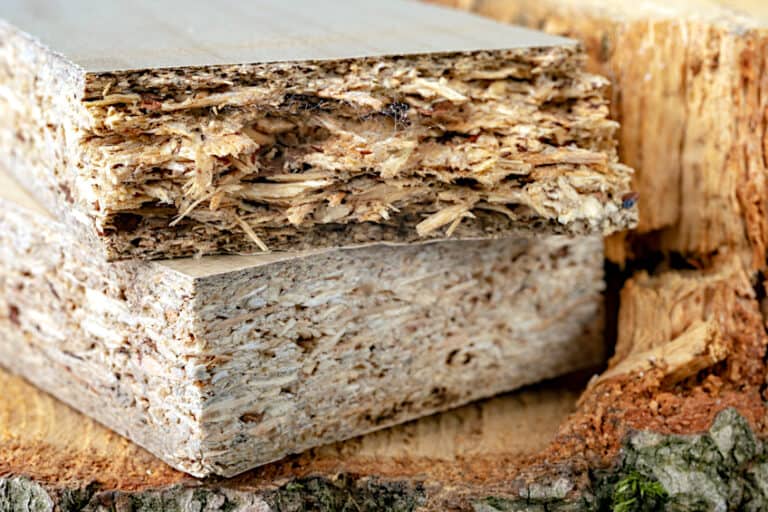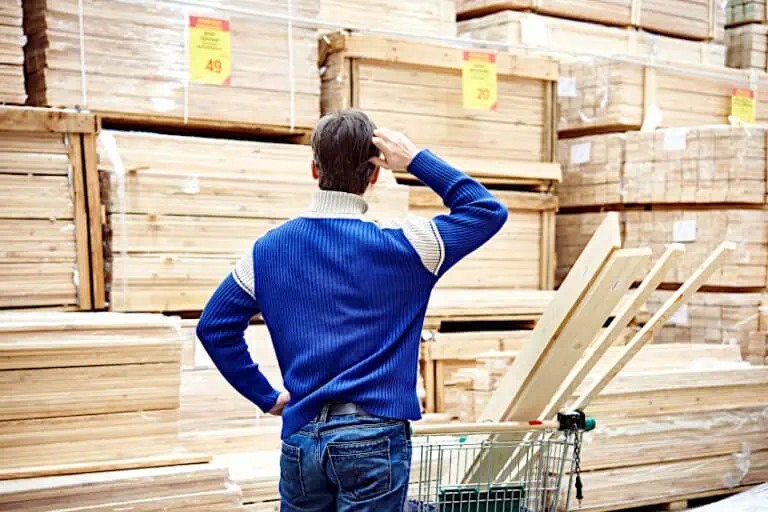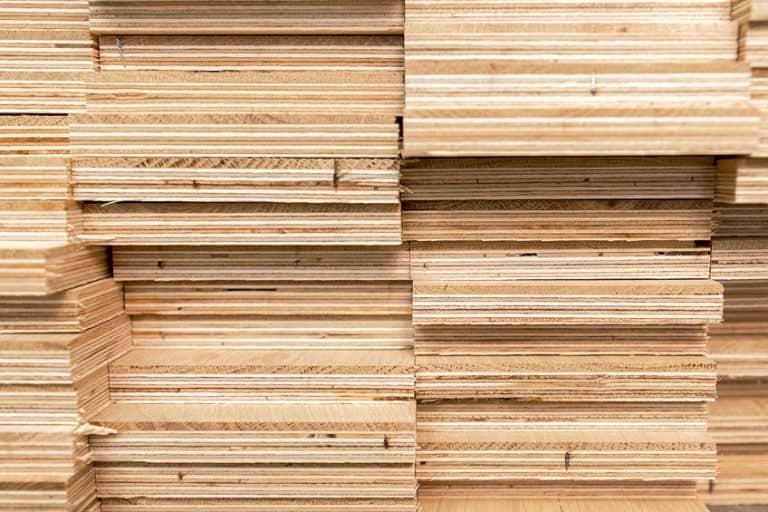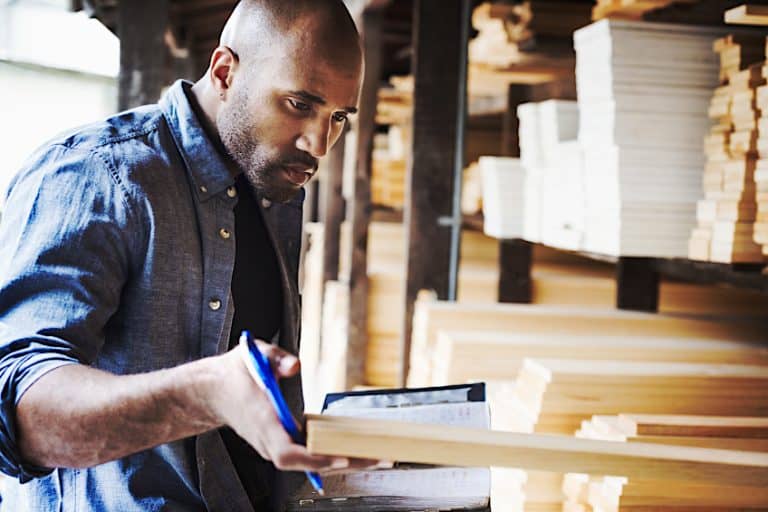What Is Marine-Grade Plywood? – Water-Resistant Plywood Tips
Thanks to modern technology there are loads and loads of materials to choose from when it comes to construction and crafting. Whether it be carbon fiber, latex-based polymers, or new metal allows, we are spoiled for choice and quality when it comes to the materials that are available to us. One of the best and arguably most useful advancements yet is plywood. Plywood does tend to get a bad rap at times due to how susceptible it is to water damage, but what if it didn’t? This is where marine-grade plywood comes in. What is marine-grade plywood though? Is it really waterproof? Can it be used underwater? Let’s have a look at these and some other commonly posed questions.
What Is Marine-Grade Plywood?
What is marine-grade plywood? Well, there are loads of different types of plywood that are used for a number of different applications. marine-grade plywood is just one of these many types of plywood that have been designed for a specific application, and in the case of marine-grade plywood specifically, it has been designed to be water-resistant.
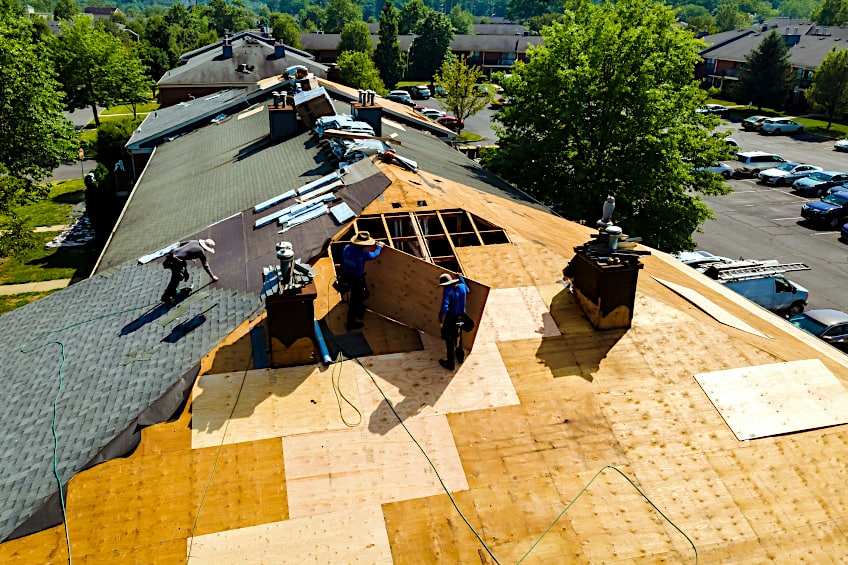
There isn’t much of a difference between how marine-grade plywood is made and how conventional single-layer plywood is made. Wood filings are mixed with resin and other binders in large batches, at which point they are heat pressed into the shape of large wooden boards. The difference between marine-grade plywood and regular plywood is that marine-grade plywood is made with a denser core and a higher grade of wood, and instead of filings boards are laid on top of one another and heat pressed with adhesive. This makes marine-ply far less likely to absorb and be destroyed by water.
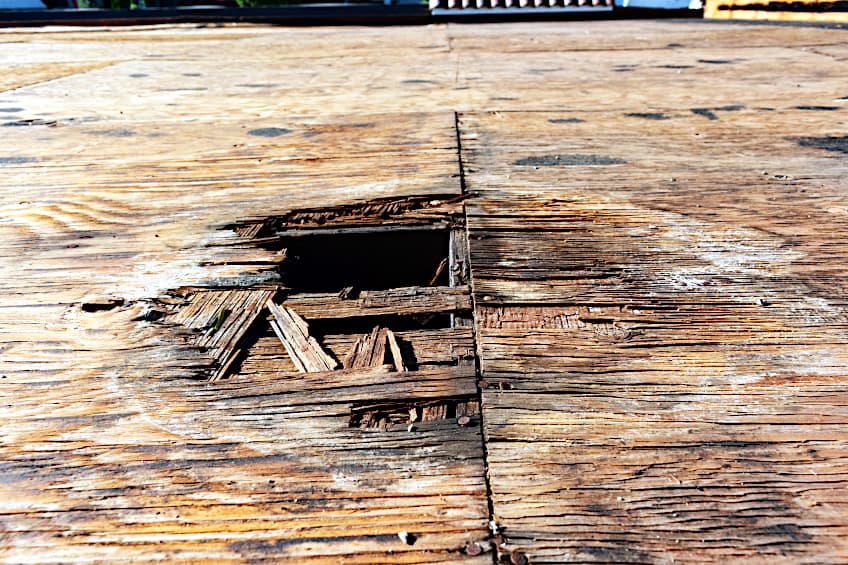
The resin used to make marine-grade plywood is different. The resin used to make marine-grade plywood is highly resistant to the effects of water, and it costs a bit more to make compared to the type of resin used in regular plywood. The wood species used to make these marine-grade plywood boards tend to be Douglas fir and Western Larch.
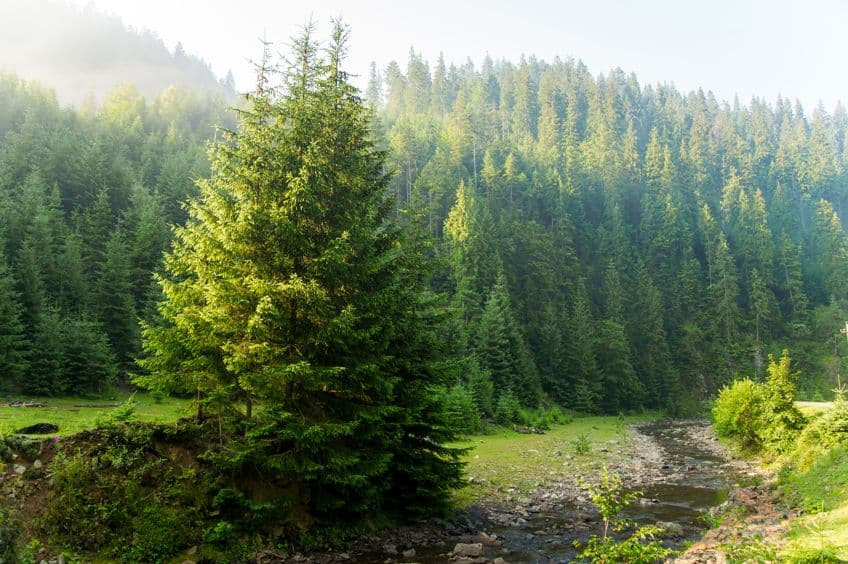
We should mention that even though marine-grade plywood can easily be interpreted as a waterproof material it is by no means waterproof. However, it is highly resistant to the effects of moisture and can be used on seafaring vessels, although it cannot be submerged for long periods of time.
What Is Marine-Grade Plywood Used For?
Considering that marine-grade plywood is one of the high-end variations of plywood it should come as no surprise that it has some rather interesting applications. After all, marine-grade plywood is stronger, more rigid, water resistant, and insulted, which means it can be used in applications where you wouldn’t dare use conventional plywood. Here are a few common applications for marine-grade plywood.
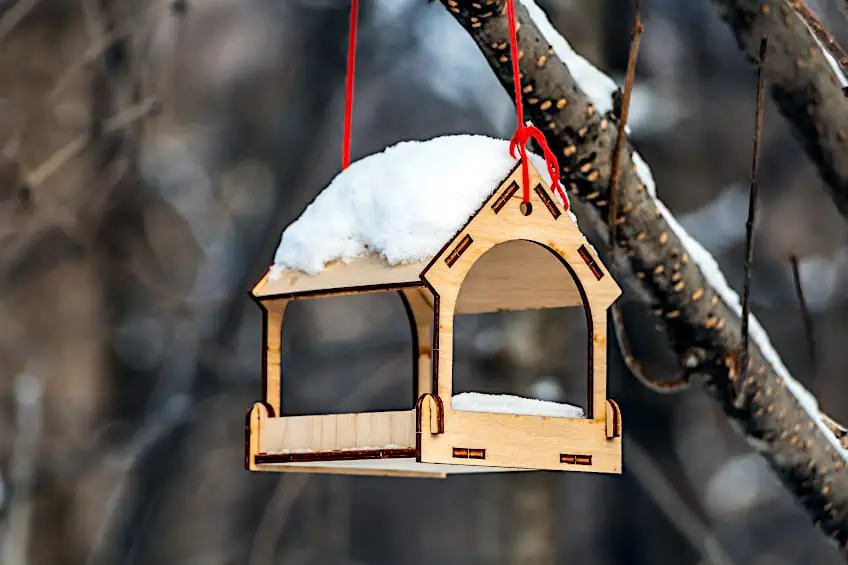
Docks
Although they can feel a bit unstable if not taken care of, marine-grade plywood can be used to create boating docks. As we mentioned previously, if marine-grade plywood is sealed with the appropriate resin, it is completely waterproof and becomes resistant to forces like impact and abrasion too! This eliminates the possibility of the dock contracting a case of wood rot and/or swelling.
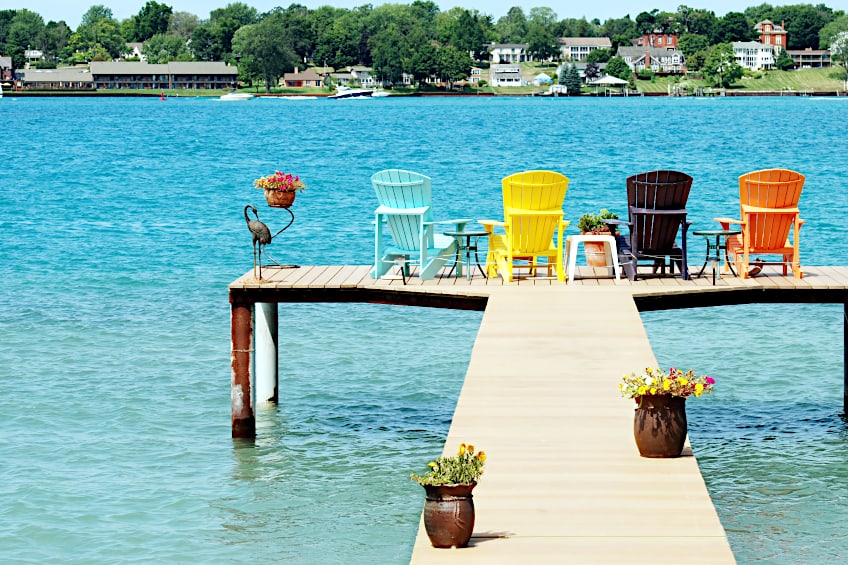
Bathroom Surfaces
If you’re building or expanding your bathroom then marine-grade plywood is a great choice for the job. Not only is it easy to use, but if the surfaces have been treated correctly your surfaces should be completely immune to the effects of both water and condensation! This type of plywood can be used to create bathroom walls as well as countertops, if need be, just be sure that it’s sturdy enough for all your toiletries and appliances.
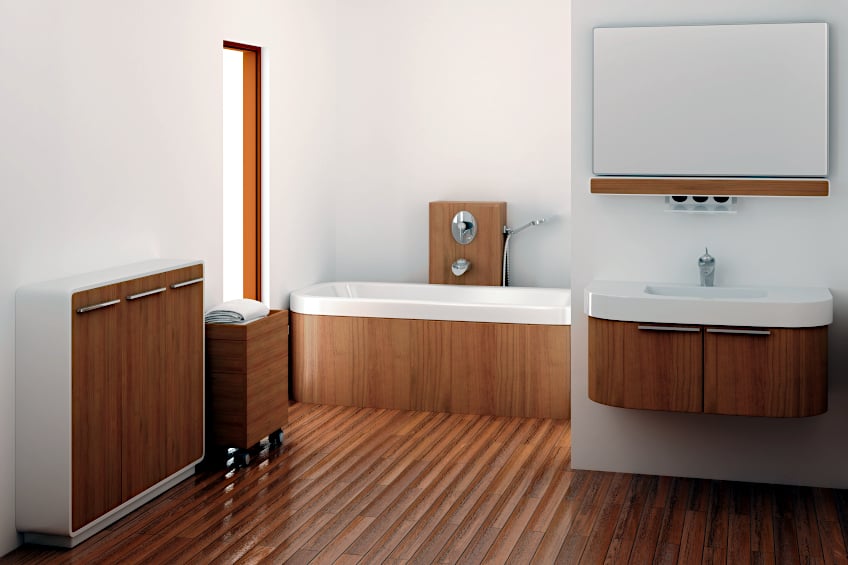
Kitchen Surfaces
Kitchens are another area of the home where marine plywood tends to shine. It’s actually quite common for plywood to be used in the creation of kitchen cupboards and shelving, but if you use conventional plywood to construct surfaces near sources of water and heat, they will begin to decay over time. Marine plywood on the other hand is completely insulated when treated, and therefore can be used in the vicinity of both stove tops and sinks without having to worry about it breaking down.
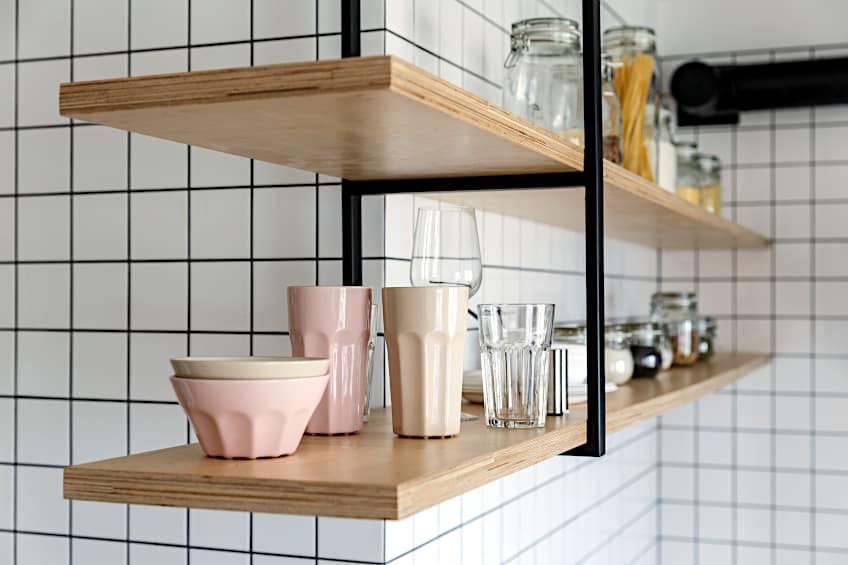
Outdoor Platforms
Using plywood to make a deck might sound a bit silly, but you’d be surprised just how strong and robust marine-grade plywood can be with the right treatment. Marine-grade plywood can be used to create decks, patios, and even porches! Given that plywood is significantly cheaper than solid wood boards, loads of people are taking advantage of this opportunity and creating beautiful decks out of engineered wood.
Using marine plywood to construct your deck has other advantages too. Unlike solid wood, which is sold in multiple long slats, marine-grade plywood is sold in large thick sheets, which can simply be cut to the size of your deck and installed on elevated limbs. The other advantage is that a plywood deck doesn’t have any gaps reducing your chance of losing things on your deck to zero.
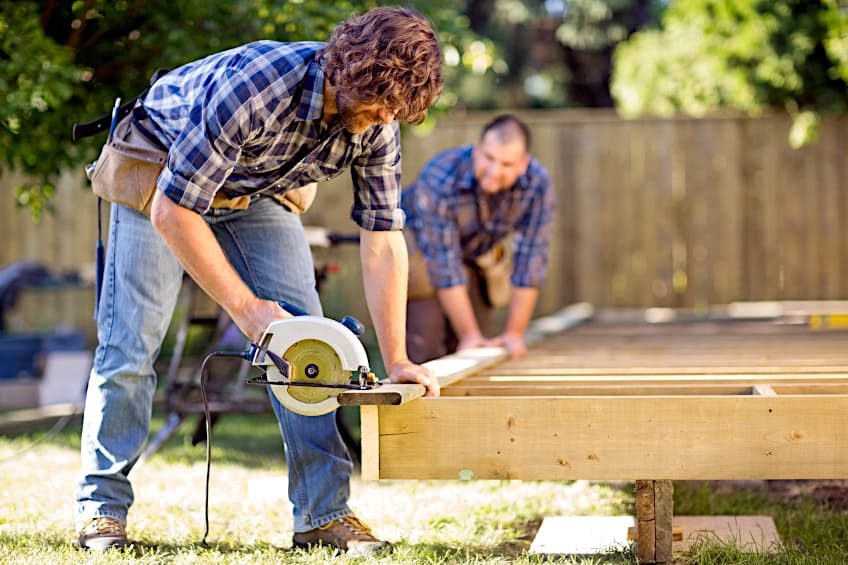
Seafaring Vessels
We mentioned previously that marine-grade plywood is not waterproof, but what if it could be? Marine-grade plywood can be made completely submersible if a waterproof coating is added to the exterior panels. Marine plywood that has been treated in this manner can be used in the construction of boats and other aquatic vehicles.
Since marine plywood is still plywood at its core, it can still be bent and molded to take on a specific form, which means it’s quite useful when lining the hulls of boats and other vessels that spend most of their time out on open water. However, marine-grade plywood used for this application should be coated with acetone, cloth, epoxy, and a foam brush.
How Is Marine-Grade Plywood Made?
Marine-grade plywood is made pretty much the same way that everyday plywood is made. After all, it’s still plywood, but there are some unique differences in the materials used to make it. Unlike ordinary plywood that consists of wood chips and resin which are heat pressed together to form a board, marine-grade plywood consists of sheets that are joined using a water-resistant epoxy.
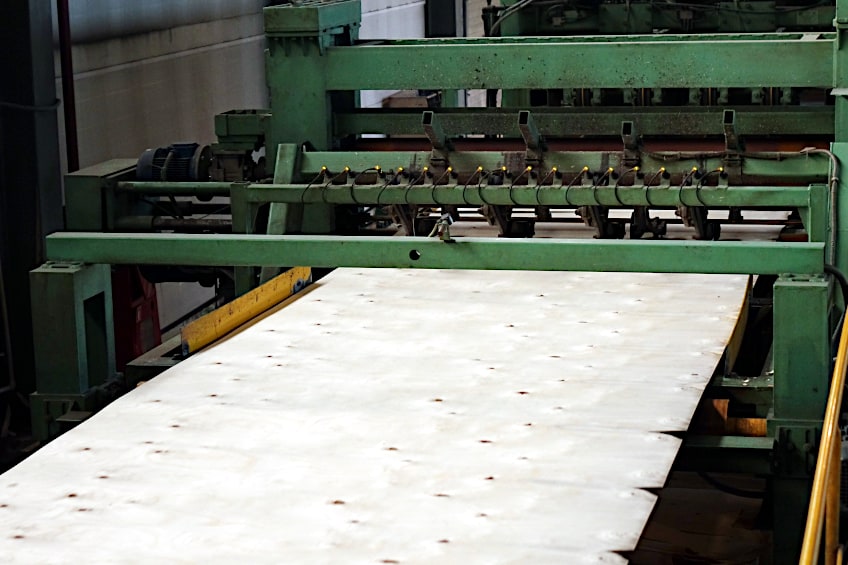
Essentially, these sheets of wood are cut up and laid on top of one another in opposing directions. The water-resistant adhesive is applied between these boards, which permanently bonds the thin sheets of wood together to make a solid, thicker material that we know today as marine-grade plywood.
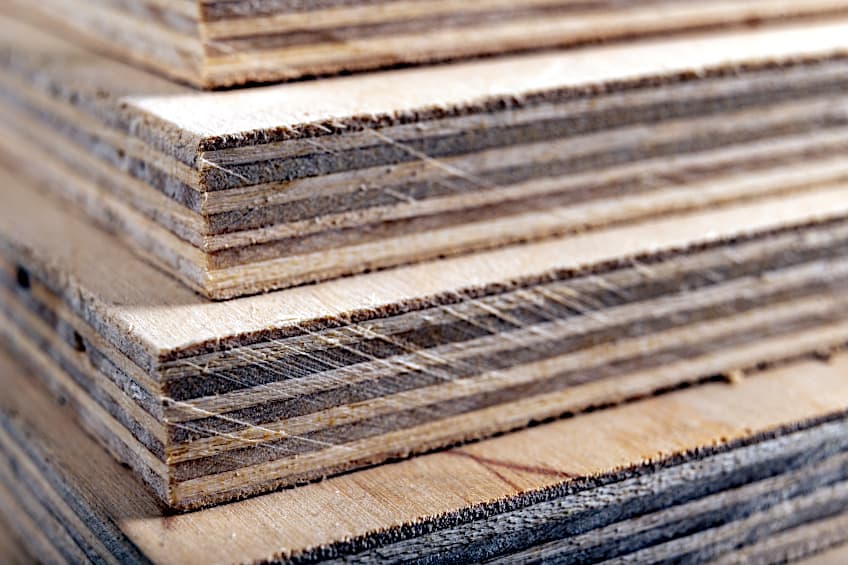
The type of adhesive used to make this board is known as an WBP adhesive, which stands for “weather- and boil-proof” glue. marine-grade plywood is widely considered to be one of the highest grades of plywood one can purchase over the counter and considering the fact that external coatings and even veneer can be added to this material it is not only practical but aesthetically pleasing too.
Is Marine Plywood Expensive?
Marine-grade plywood can definitely be expensive, but it depends on the grade of plywood being used and the amount of plywood you intend on purchasing. That’s right, just like different types of plywood are available, individual types of plywood are available in different grades as well.
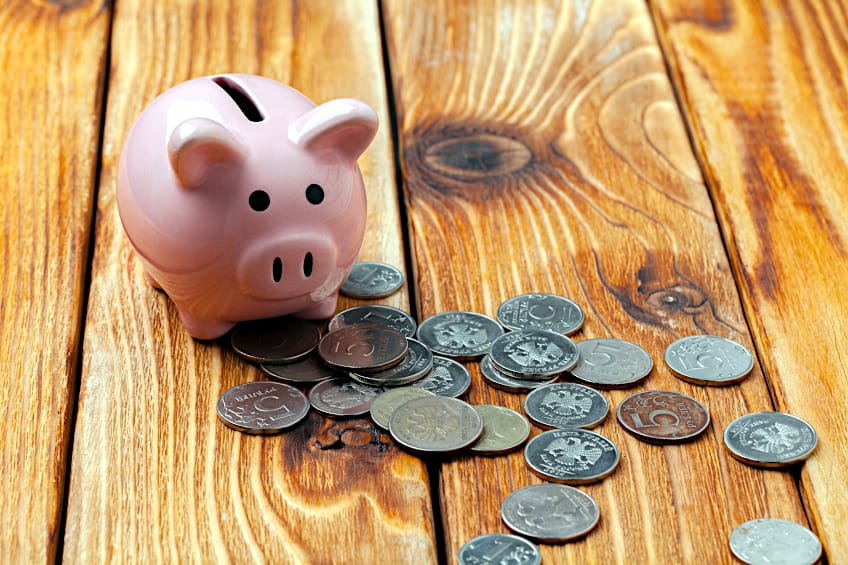
Compared to conventional plywood, marine-grade plywood is rather expensive, in certain cases being three times the amount you would pay for a board of single-layer plywood. However, if you will be spending time at sea with nothing but a piece of plywood and a sail between you and the ocean, the chances are that you’d be safer opting for lower-end marine-grade plywood.
Marine plywood for boats can be extremely expensive, especially in large amounts. Marine plywood for boats might only be available via special order too since it takes quite a bit of time and money to produce, and manufacturers can’t just have a high-end product like that laying around collecting dust. This being said, the price of marine-grade plywood depends on the grade but generally speaking it is quite expensive.
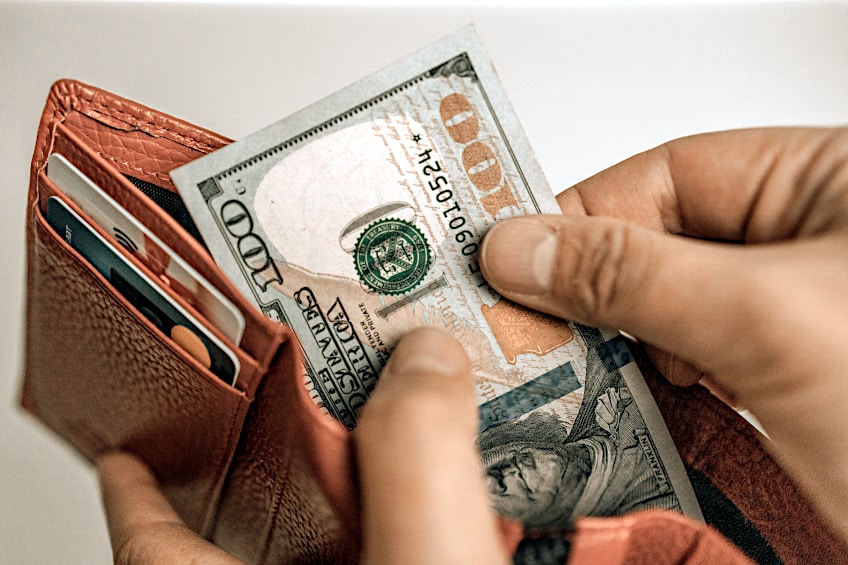
What to Consider When Purchasing Marine-Grade Plywood
Again, since marine-grade “plywood” is still plywood at its core, the same rules apply when you’re out looking to buy some. The best thing to do is to familiarize yourself with the various marine plywood grades of marine-grade plywood available in case someone tries to pull a fast one on you. The various grades of marine-grade plywood imply different tolerances and overall industry standard of the material.
| Types of Marine-Grade Plywood (Descending Order) |
| A-A Grade |
| A-B Grade |
| B-B Grade |
| HDO (high-density overlay) |
| MDO (medium-density overlay) |
| D Grade |
What are the marine plywood grades? In descending order, they are A-A, A-B, B-B, MDO, and HDO, with the grade of A-A being the absolute best grade of marine plywood you can purchase. The very bottom of the barrel is HDO, which stands for “high-density overlay” and MDO, which stands for “medium-density overlay”. However, these are still better than “D” grade plywood, which we wouldn’t recommend using.
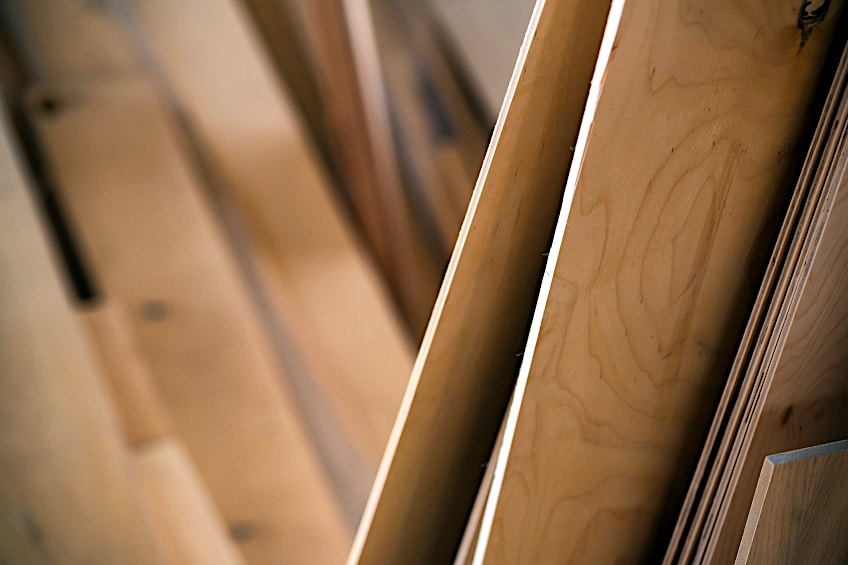
You should also familiarize yourself with how much marine-grade plywood costs. Costs can vary considerably depending on availability and where you stay, but generally speaking, you should be able to pick up 4 x 8 and 5 x 12 boards for anywhere between $45,00 and $55,00 depending on the thickness of the board.
What to Know When Working With Marine-Grade Plywood
Marine-grade plywood is easy to work with, but like working with regular plywood there are some things you should keep in mind to ensure that both you and your plywood aren’t damaged while you’re working with it. Here are a few things you should keep in mind.
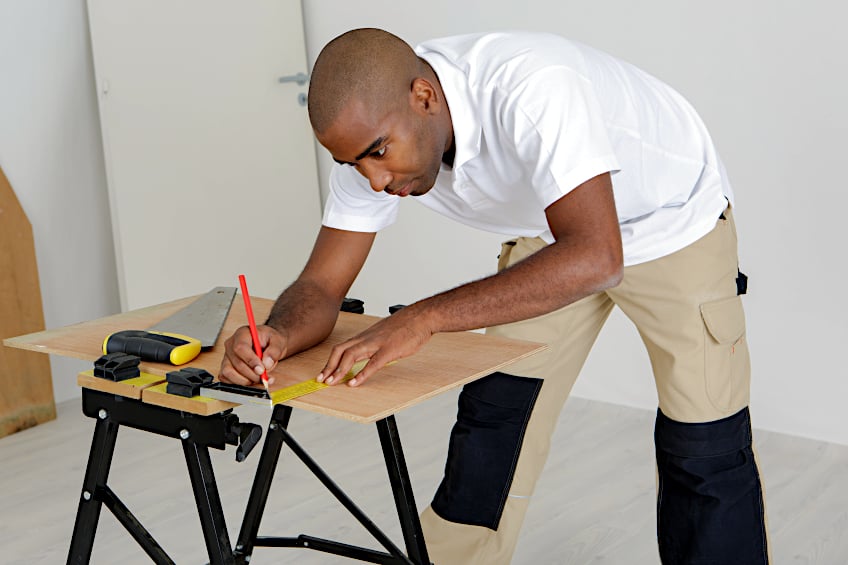
Wear Personal Protective Gear
When working with any type of plywood, you are going to encounter a lot of dust. Plywood dust tends to get in everywhere, so it’s best to wear a face mask, gloves, and eye protection when cutting, sanding, drilling, or tapping this material. Also, ensure that your workplace is well-ventilated to prevent a build-up of dust
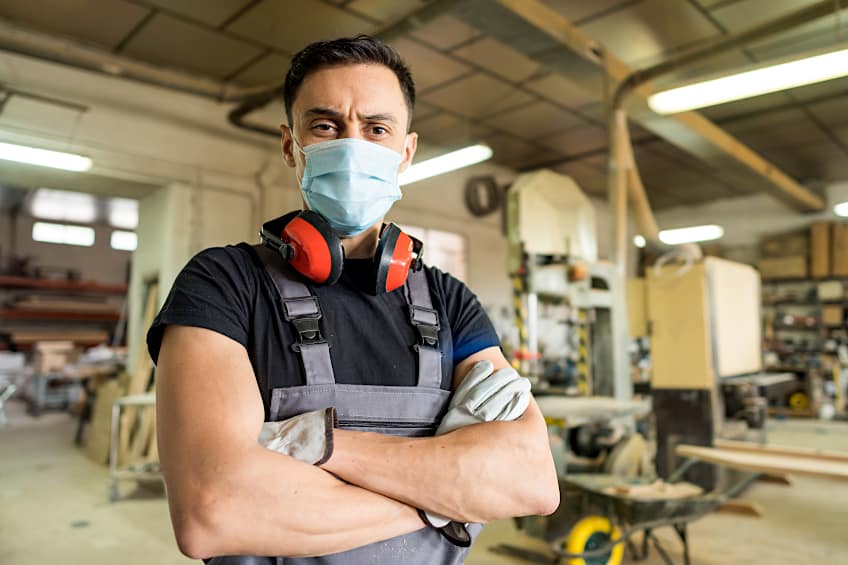
Know Your Limits
Many consider plywood to be lighter than solid wood board, but in reality, plywood is often several times denser and therefore heavier than solid wood. Looks can be deceiving, so do both yourself and your lower back a favor and only carry boards of a reasonable size, or you could end up losing your balance due to the excessive weight of these boards.
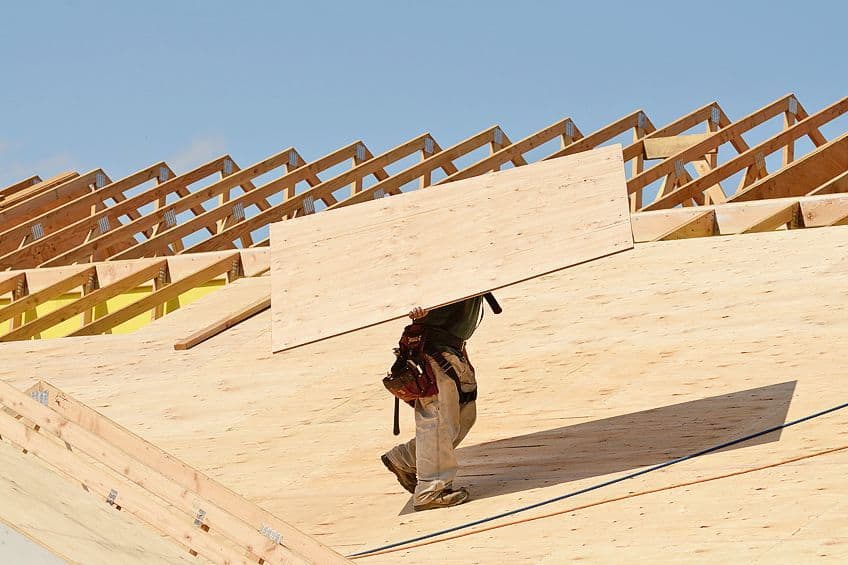
Ensure Your Boards Are Sealed
A common mistake among newcomers is assuming that every single board of marine-grade plywood is ready to be submerged. This is not the case, which is why you should always ensure that the board you have purchased is graded for prolonged submersion and/or has been sealed with an epoxy resin before placing it in direct contact with water.
Now that you know what marine-grade plywood is, how marine plywood is made, what marine plywood can be used for, and how it differs from conventional plywood, it’s time for you to get out there and put your newfound knowledge to the test. Remember to always wear the appropriate personal protective gear when working with plywood.
Frequently Asked Questions
Where Can You Buy Marine Plywood?
Wondering where to buy marine plywood? Well, in some instances “where to buy marine plywood” might not be the right question. Most large lumber retailers will stock this type of plywood, but in other instances, you might find yourself needing to order them either online or through a retailer.
Is Marine Plywood Waterproof?
Is marine plywood waterproof? Yes and no. Marine plywood is made with a special adhesive that is water-resistant, but in order for marine plywood to be considered waterproof, a sealant and/or coating must be added to the exterior to ensure safe submersion.
Is Marine Plywood Better Than Normal Plywood?
Marine plywood is stronger, stiffer has better insulation, is more versatile, and is longer lasting than regular plywood. Objectively speaking, marine plywood is better, but it is far more expensive and therefore is rarely used for the same applications as conventional plywood. It is also not nearly as popular in everyday applications.

I have been into woodworking since 2005 and woodturning since 2011. Because of my love for wood and woodworking, I started woodhappen.com to teach other enthusiasts about how to finish and seal wood, the best woodworking tools, the different types of wood, and everything else related to woodworking! Read more about me here.


